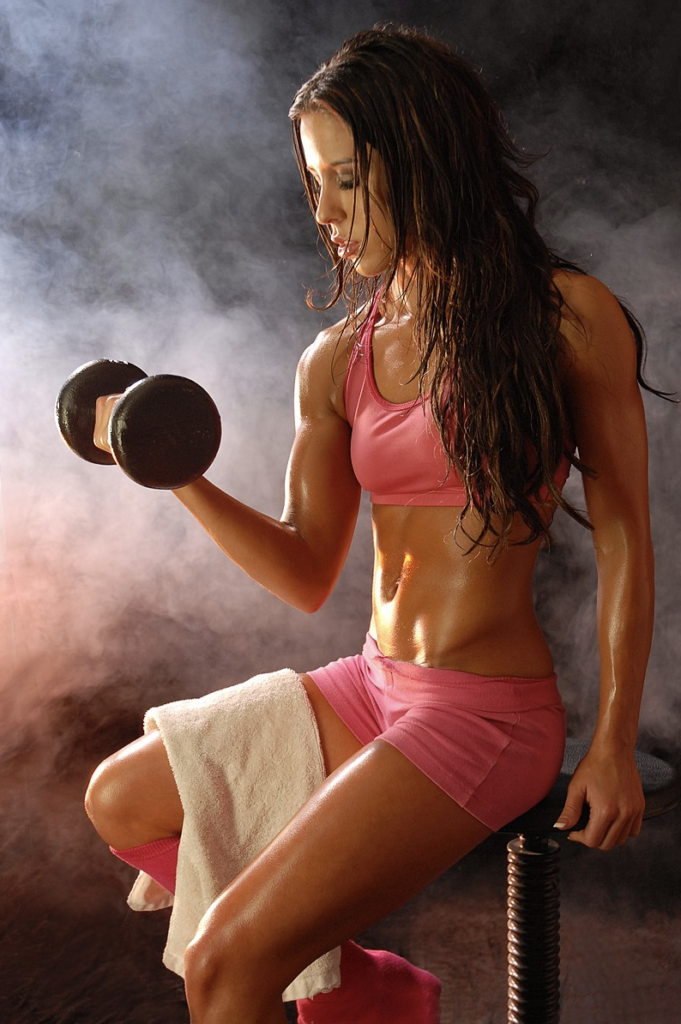Gender in marketing is not entirely the same in athletic marketing as sexualization is not the main focus but rather the notion of the ideal body image portrayed by athletes and other fitness models or influencers. Athletics have long been a male-dominated industry, making it a challenge for women to find their place and earn the respect of those around them. Opportunities for women’s involvement in sports have increased but they still lack proper representation. According to Gina Pauline (2014), social media coverage of endurance events has created a positive outlet for women to empower each other as well as spread awareness of upcoming events to encourage more female participation. Instagram, for example, can help to create communities of people with shared interests, as in the athletic world. In a study of the first ten years of Nike women’s advertising, from 1990 to 2000, ads connected to the cultural and social experiences of women, and the creation of women’s communities, were accomplished through storytelling (Grow 2006). The storytelling shared the creators’ views and perspectives on womanhood to inspire others. On Instagram, men are more likely to engage with professional men’s sports content on social media rather than models or celebrities (Mayoh and Jones 2021). This is because men see athletes as having active, performing bodies whereas models and celebrities have created ideal bodies to fulfill aesthetic visual expectations. Women were found to be the opposite; they see fitspiration – an inspiration to achieve a fit body through exercise and diet – as a way to inspire them to lose weight.

Credit: Fitness Model Britt 2007 by Toglenn CC0–CC BY-SA
Women tend to see bodies more as objects that must be evaluated by others in order to fulfill these gendered body ideals (Mayoh and Jones 2021). Women on Instagram want to portray themselves as aesthetically pleasing in order to market their lifestyle and reach high visibility from other athletes (Toffoletti and Thorpe 2018). Instagram posts with the most fan-athlete interaction – the most likes and comments – were most closely aligned with social attitudes and qualities that are expected of young women in today’s world. However, when men viewed these posts, they commented on the women’s bodies and sexualized them through the male gaze while the women were positive and glamorized the women for bodies they found to be inspiring. Female athletes are more likely to feel motivated by other women in their sport because it helps them to feel their dreams are attainable (Midgley et al. 2021). While the reaction to athletic marketing varies by gender, there is a clear difference in the way that bodies are idolized and the impact they have on the viewer.